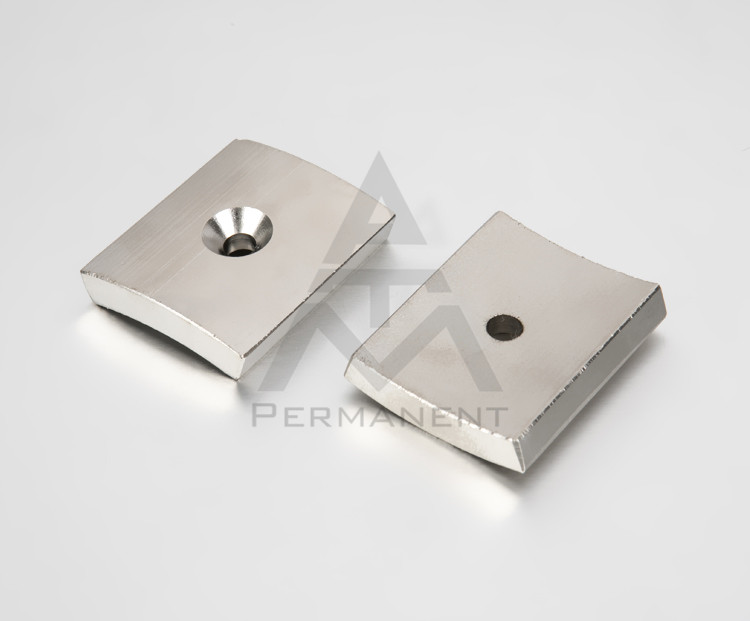contact information
+86-13116636617
+86-0574-87560803
wjb0410@163.com
The main magnetic materials used in wireless chargers a […]
The main magnetic materials used in wireless chargers are: NdFeB permanent magnets, NiZn ferrite thin magnetic sheets, MnZn ferrite thin magnetic sheets, flexible ferrite magnetic sheets; various magnetic isolation made of soft ferrite materials As the main component of the wireless charging technology, the tablet plays the role of increasing the induced magnetic field and shielding the coil interference in the wireless charging device. Wireless chargers have higher requirements on soft ferrite material performance, product size, reliability, etc., and the receiving end has higher requirements on them.
According to the placement of the receiving end, the wireless charging transmitter is divided into fixed position type, single coil free position type and multi coil free position type. These transmitter ends have different requirements for ferrite products.

The fixed-position charger uses neodymium-iron-boron permanent magnet positioning, and the terminal device needs to be placed in a fixed position to charge and maximize the charging efficiency. The Qi standard stipulates that the operating frequency of such design is between 110kHz and 205kHz. The fixed-position charger has a higher resonance frequency, and generally uses a NiZn ferrite sheet with low loss and good high-frequency magnetic shielding effect as the magnetic isolation sheet.
The coil inside the single-coil free-position charging device is equipped with a driving device and can be moved in a plane. It automatically detects the placement position of the terminal device and moves the coil to this position, so that the position of the coil is consistent with the receiving position of the terminal. In order to achieve charging and improve charging efficiency, this design allows the terminal to be placed anywhere on the charging board for charging. The Qi standard stipulates that the working frequency of this type of charger is 140kHz. Since the coil needs to be moved, the magnetic isolation sheet is required to have high reliability. Therefore, the magnetic isolation sheet generally uses a flexible magnetic sheet made by a casting process.
The multi-coil free-position charger can simultaneously charge multiple terminals. A plurality of coils are arranged inside, and these coils cover most of the area of the charging base. As a result, the terminal can be placed on the charging base more freely, and the charger will automatically select several coils that can be efficiently transmitted to supply power. The Qi standard stipulates that the operating frequency of the multi-coil free-position charger is 105kHz to 113kHz, and the magnetic separator generally uses MnZn power materials with high Bs and low loss characteristics.
The permanent magnet material used in the wireless charging system, on the one hand, enhances the magnetic flux between the transmitting and receiving coils and improves the transmission efficiency; on the other hand, as a positioning device between the transmitting and receiving, it is convenient for terminal equipment to quickly and accurately locate. Small wireless charging equipment mostly uses NdFeB permanent magnet material; large wireless charging equipment can use permanent magnet ferrite material instead of NdFeB permanent magnet material to reduce costs. For example, the University of British Columbia (UBC) uses non-contact dynamic magnetic coupling or MDC method, using the magnetic field interaction of two rotatable permanent magnets to realize EV wireless charging at a distance of 102mm ~ 152mm.